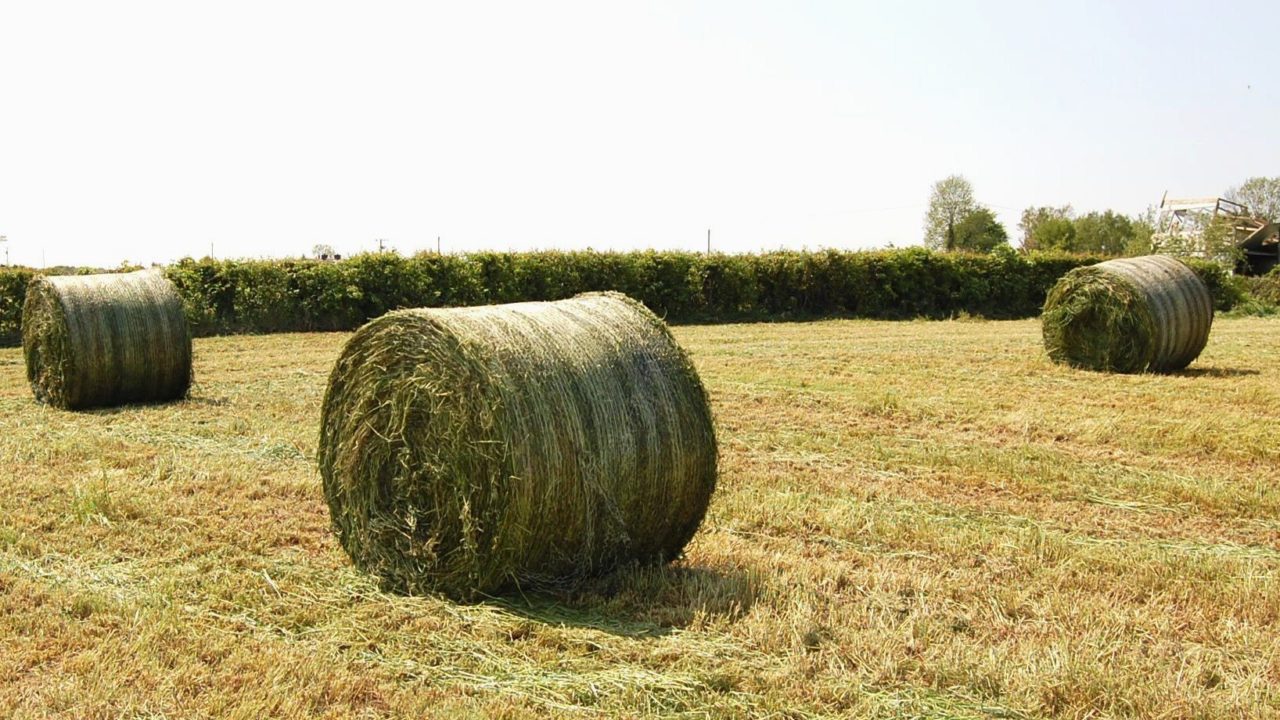The last number of days and weeks saw the vast majority of farmers move to secure their first cut of silage for 2022, so for many the focus has now shifted towards securing second-cut silage.
Second cut
Before closing land for second-cut silage it is important to firstly assess what is already on the farm.
A fodder budget should be done on the silage in the pit and any bales that have been made already.
Once that has been done how much fodder is left to be harvested can be determined, and land closed for silage accordingly.
It is important to note that a buffer amount of between 10-20% should be included in the target.
A second consideration before sowing fertiliser for second-cut silage is how much room is left in the pit.
On some farms there is more than one pit, while on most there is only one. In recent years, farms have tried to pack more and more silage into the pit which has made the job increasingly more dangerous for contractors.
Fertiliser
After silage has been harvested it is important that the nutrients taken from the crop are replaced.
Slurry is the easiest way to replace the phosphorus (P) and potassium (K) that has been removed.
On a farm where seven bales/ac or 5,600kg of fresh-weight silage was harvested, there is an offtake of about 70 units of nitrogen (N), 11.2 units of P and 70 units of K.
On a typical dairy farm, about 3,500 gallon/ac is needed to replace the P and K that has been removed.
This slurry should have a nutrient value of 21 units of N, 10.5 units of P and 73.5 units of K.
The yield farms are aiming to achieve from their second cut should determine the amount of chemical N required to be spread.
To achieve 8t to the acre, fresh weight, about 80 units/ac is needed. This can be reduced 60 units/ac for a target of 6t/ac (fresh weight).
The N within the slurry should be included in the total N requirement for the silage crop.
